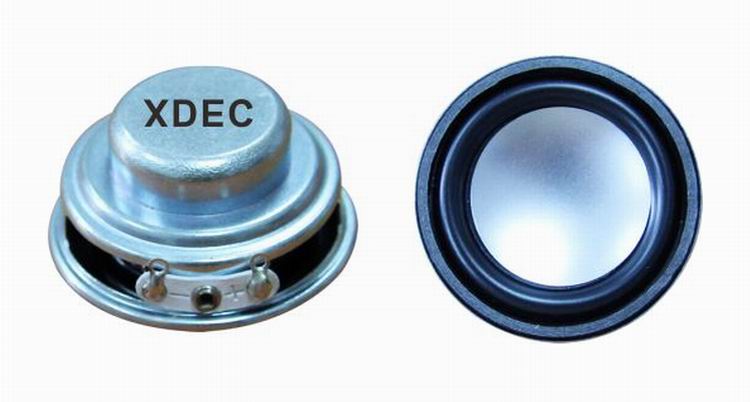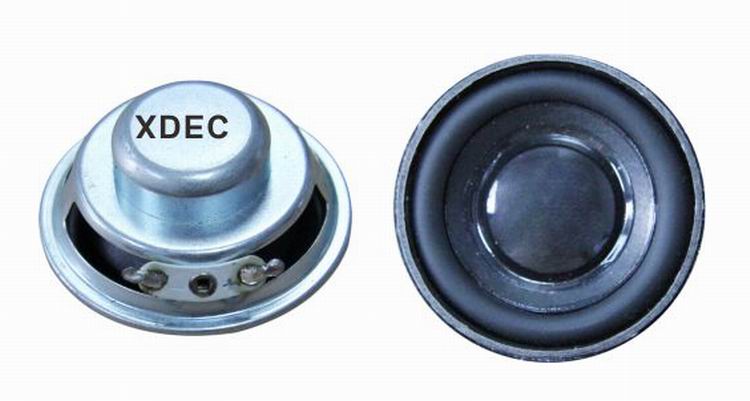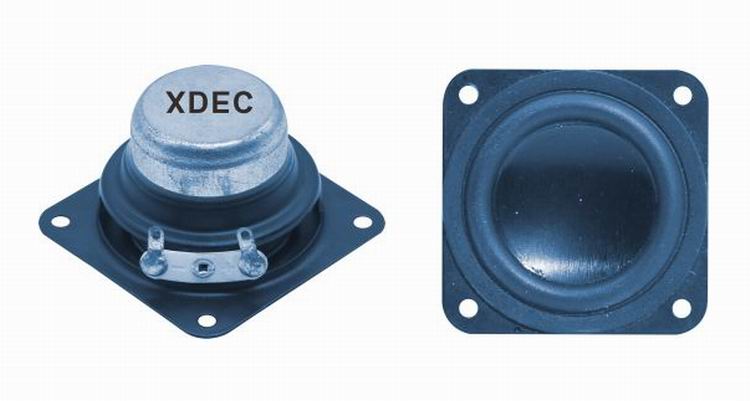Researchers at Imperial College London and the University of New South Wales, Australia, have recently developed a small patch that can be attached to the heart and improve current pulse transmission. This study can help heart patients reduce complications.
This flexible and durable polymer patch was originally designed to control arrhythmia, a dangerous heart rhythm disorder that occurs after a heart attack.

Sian Harding, a member of the Imperial College team, said: "A heart attack can leave scars on the heart. These scars slow and disrupt current pulse conduction around the heart. This can cause fatal heart rhythm disorders, and we develop conductive polymerizations. The patch can handle such serious situations."
If you have forgotten the theory of sputum in the high school anatomy class, let Xiaobian and you come together to review how the heart beats. At the top of our heart there is a group of cells called "SA nodes" that are responsible for keeping our heart beating (this is the natural heart pacemaker of humans).
When the SA node emits a current pulse, each of our ventricles contracts in a specific order, pushing the blood to circulate in and around the heart. But when a person has a heart attack, the resulting scar tissue limits the generation of current pulse signals and the distance the pulse can travel, which can lead to arrhythmias and other heart problems.
Through experiments on mice, the team found that when attached to the heart, the patch helps the current pulse better through the heart scar tissue and achieves good conduction, which can reduce heart disease. Complications of seizures.
Damia Mawad, co-chief researcher from the University of New South Wales, said, “In our vision, patients with heart disease use patches attached to the heart. As a bridge between healthy tissue and scar tissue, this will help prevent heart rhythms. Not uniform."
“But our patch is still at a very early stage. This technology can now be used for basic research, allowing us to learn more about the collaboration between materials and heart tissue.â€
The materials used to make this patch include chitosan, which can be found in crab shells, and another conductive polymer called polyaniline. In addition, phytic acid is added to the formulation to help polyaniline conduct better current pulses.
Mawad said, “Our non-stitched patch can be a huge improvement. We have proven its reliability. Compared to other designs that can only maintain one day of conductivity, our patch can Maintain conductivity for more than two weeks under normal conditions."
The patch can be attached to the heart by a green laser, a technique developed by another UNSW researcher. "This technology allows it to keep heart invasion and damage to a minimum and fit the heart," Mawad said.
Molly Stevens from Imperial College London said, "This patch can help us better understand how conductive materials work with heart tissue and affect current conduction in the heart. It also helps us better understand heart attack bands. The physiological changes that come."
1.5"~2" speaker (40~50mm)
1)1.5" speaker 40mm speaker
2)1.75" speaker 44mm speaker
3)1.8" speaker 45mm speaker
4)1.9" speaker 48mm speaker
5)2" speaker 50mm speaker



FAQ
Q1. What is the MOQ?
XDEC: 2000pcs for one model.
Q2. What is the delivery lead time?
XDEC: 15 days for normal orders, 10 days for urgent orders.
Q3. What are the payment methods?
XDEC: T/T, PayPal, Western Union, Money Gram.
Q4. Can you offer samples for testing?
XDEC: Yes, we offer free samples.
Q5. How soon can you send samples?
XDEC: We can send samples in 3-5 days.
1.5" Speaker 40Mm Speaker,1.75" Speaker 44Mm Speaker,1.8" Speaker 45Mm Speaker,1.9" Speaker 48Mm Speaker
Shenzhen Xuanda Electronics Co., Ltd. , https://www.xdecspeaker.com